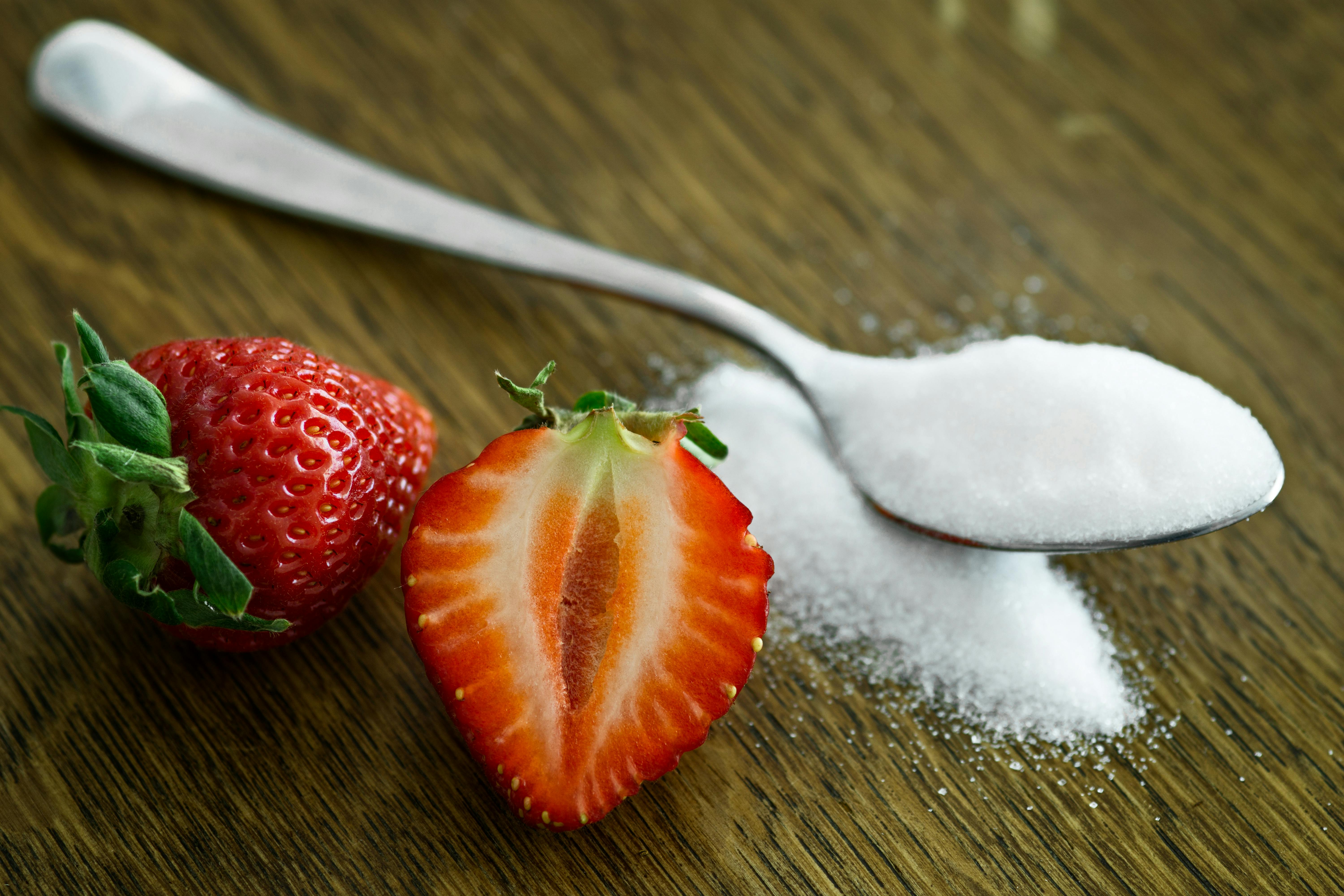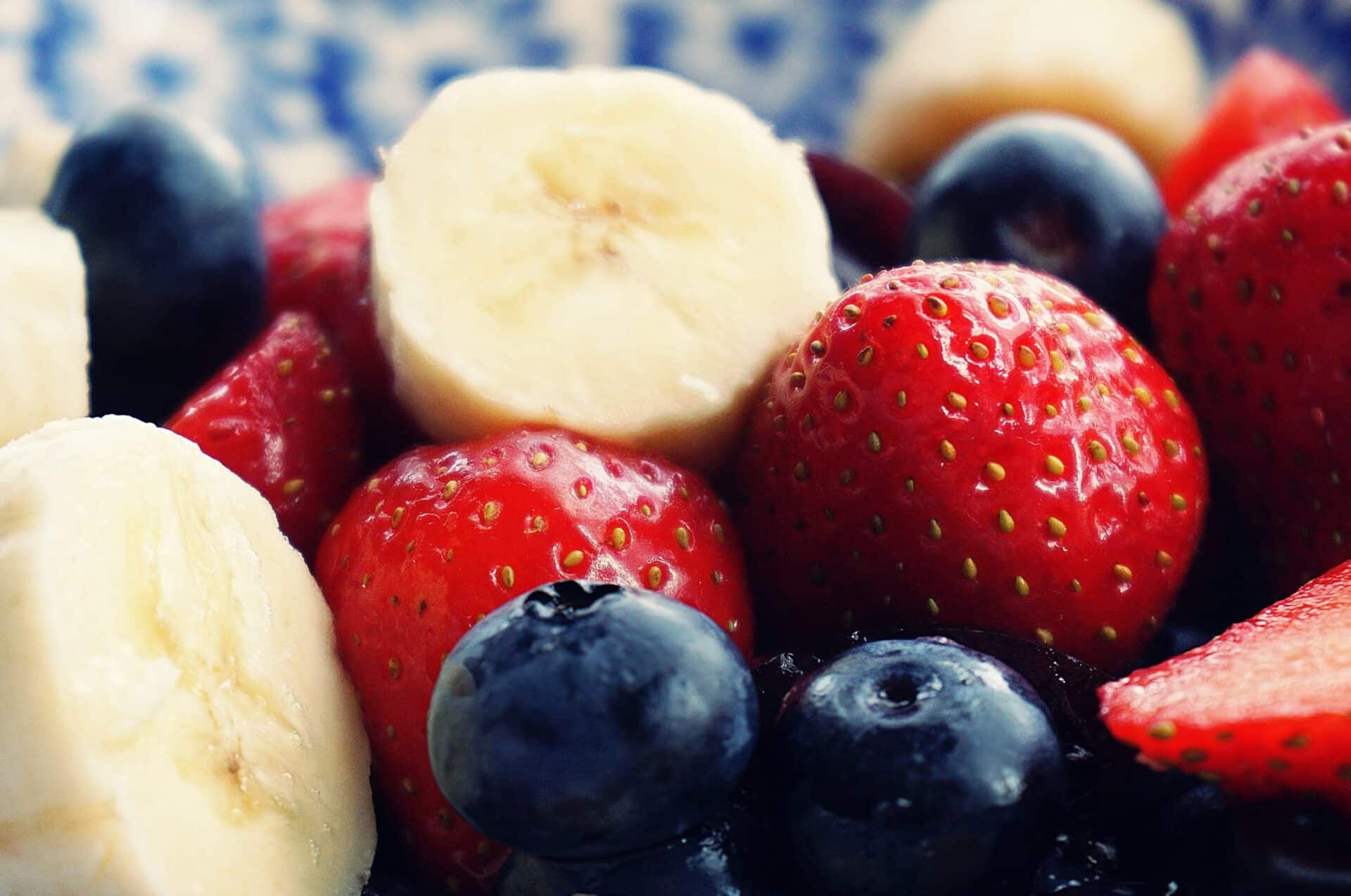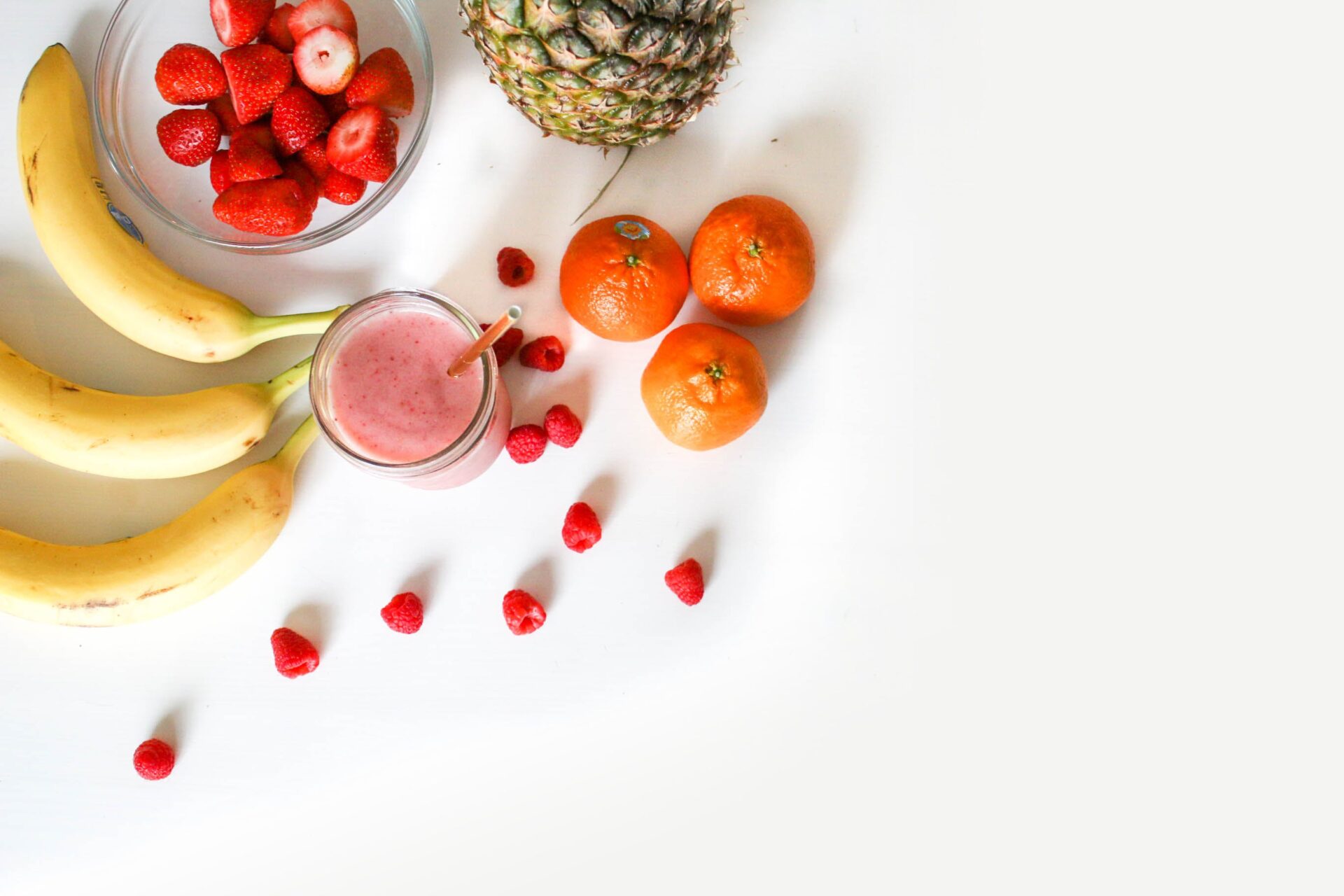Growing strawberries in Texas is a rewarding experience for gardeners, as the delicious, sweet berries thrive in the warm climate. With some planning, you can have fresh strawberries to enjoy from late spring through early fall. If you are wondering when to grow strawberries in Texas, there are several things to consider. Planting times will depend on the variety of strawberry you choose and when you want your crop to mature.The best time to plant strawberries in Texas is during the late fall or early winter months, usually between October and January.
What Is The Optimal Time For Growing Strawberries In Texas?
Strawberries are one of the most popular fruit in Texas, and for good reason! Not only do they have a sweet taste and juicy texture, but they’re also incredibly easy to grow. The best time to start growing strawberries in Texas is during the late winter or early spring months, when the temperatures are mild and the days are getting longer. The best way to ensure a successful harvest is to purchase plants that have been grown in a greenhouse specifically for this region.
When planting strawberries in Texas, it’s important to consider the soil type. Sandy soils are ideal for strawberry cultivation because they provide good drainage and adequate aeration. Heavy clay soils can be amended with organic matter such as compost or manure to improve drainage and aeration.
Once planted, it’s essential to water your strawberry plants regularly during their first few weeks of growth. The soil should remain moist but not soggy; too much water can cause root rot or fungal diseases. Mulching with straw or wood chips will help retain moisture and reduce weeds while keeping the soil from drying out too quickly.
Fertilizing your strawberry plants is also important for optimal growth; organic fertilizers like compost tea or fish emulsion work well for this purpose. Applying fertilizer at least once per month during the growing season will help ensure that your strawberry plants get all of the nutrients they need to produce large, juicy berries.
The peak harvesting season for strawberries in Texas typically begins around April and ends by late June or early July, depending on your location within the state. The exact timing may vary slightly from year to year depending on weather conditions, so it’s important to watch your plants closely as they mature so you can determine when they’re ready for picking!
With proper planning and care, you can enjoy an abundant harvest of delicious strawberries each spring – just remember that optimal timing is key!
Advantages of Planting Strawberries in Texas
Texas is a great place to grow strawberries due to its mild climate and rich soil. Strawberries are one of the most popular berry fruits and are packed with nutrients and vitamins, making them an excellent choice for gardeners looking to add a delicious and healthy fruit to their diet. Planting strawberries in Texas can provide many advantages, including:
One of the major advantages of planting strawberries in Texas is that the climate is mild enough for them to thrive all year round. The temperature does not drop too low during winter, ensuring that your strawberry plants are able to survive through the cold months. In addition, the state has plenty of sunshine throughout summer, which helps promote healthy growth and fruit production.
Another advantage of growing strawberries in Texas is that it has some of the best soil for cultivating berries. The soil is rich in organic matter and nutrients that help produce plump, juicy berries. In addition, it has good drainage properties, which ensure that your strawberry plants have access to adequate water without becoming waterlogged.
Finally, growing strawberries in Texas can be an economical option as well. The state has plenty of local nurseries where you can purchase strawberry plants at reasonable prices. In addition, there are numerous online retailers offering strawberry plants at discounted prices. With a little bit of care and attention, you can easily cultivate a lush crop of delicious strawberries from your own backyard!
Growing Strawberries in Texas
Texas is a great place for growing strawberries. The climate is ideal, and the soil is rich in nutrients. With a few tips and tricks, you can be well on your way to harvesting an abundant crop of strawberries each year. Here are some tips on growing strawberries in Texas.
First, it’s important to choose the right variety of strawberry for your garden. There are many different types of strawberries available, but some are better suited for the Texas climate than others. Be sure to select a variety that does well in the region’s warmer temperatures and more humid climate.
It’s also important to choose a site for your strawberry patch that has good drainage and plenty of sunlight. Strawberries need at least six hours of direct sunlight per day, so pick a spot that gets plenty of sun during the day. It’s also important to make sure the soil where you’ll be planting your strawberry patch is well-drained and not overly wet or dry.
When you’re ready to plant, dig small holes about four inches deep for each plant before placing them in the ground. Be sure to space them out evenly so they have room to spread their roots and absorb water and nutrients from the soil more efficiently. After planting, mulch around each strawberry plant with straw or hay to help retain moisture and keep weeds from taking over your patch.
Finally, it’s important to protect your strawberry plants from frost or extreme cold weather by covering them with plastic sheeting when temperatures drop below 55°F (12°C). This will help keep them warm enough until spring arrives again and bring more favorable conditions for growth.
With these tips in mind, you can be sure that your efforts will be rewarded with an abundant crop of juicy strawberries come harvest time! So get out there and start growing!
Best Varieties Of Strawberries To Grow In Texas
Strawberries are a favorite fruit of many, and can be grown in Texas. There are many varieties of strawberries that will do well in the Texas climate, including both day-neutral and June-bearing varieties. The best varieties of strawberries for Texas include Allstar, Chandler, Sparkle, Sweet Charlie, and Seascape.
Allstar is a June-bearing variety that produces medium to large berries with an excellent flavor. It has good disease resistance and is very productive, making it one of the best choices for Texas growers.
Chandler is another June-bearing variety that is popular in Texas. It produces large sweet berries with great flavor. It also has good disease resistance and is a very productive variety.
Sparkle is a day-neutral variety that produces large, sweet berries with an excellent flavor. It ripens early in the season and can continue producing throughout the summer months if temperatures remain cool enough.
Sweet Charlie is a June-bearing variety that produces medium sized fruit with an excellent flavor. It ripens early in the season and has good disease resistance as well as good yields throughout the season.
Lastly, Seascape is another day-neutral variety that produces medium sized fruit with an excellent flavor. It ripens late in the season and has good disease resistance as well as high yields late into the summer months.
These are some of the best varieties of strawberries to grow in Texas for both home gardeners and commercial growers alike. Each variety offers unique benefits to suit different tastes and needs when growing strawberries in Texas.

Soil Requirements For Growing Strawberries In Texas
Growing strawberries in Texas requires well-drained, sandy loam soil. It must be high in organic matter and have a pH between 5.5 and 6.5. A soil test is recommended to determine the exact requirements of the soil before planting. The soil should be amended with compost, rotted manure or other organic material to improve drainage and fertility. Adding an inch or two of compost to the top of the soil can help to retain moisture and keep weeds down. If necessary, lime can be added to raise the pH level of the soil.
Strawberries require at least six hours of direct sunlight each day and should not be planted in areas that are prone to flooding or standing water. Raised beds are ideal for growing strawberries in Texas as they provide good drainage and help to keep weeds under control. Good air circulation will also help to prevent disease problems, so it is important to space plants far enough apart so that they are not overcrowded.
Growing Conditions for Strawberry Plants in Texas
Strawberry plants need a well-drained soil that is slightly acidic and has a pH of 6.0 to 6.5. Full sun is important and planting should occur when the soil temperature is above 60 degrees Fahrenheit. Strawberries prefer cool weather and will produce fruit over a longer period of time if temperatures remain moderate during the summer months. It is important to water your strawberry plants regularly to ensure adequate moisture levels, especially during periods of drought or heat waves. Mulch should be applied around the base of the plant to help retain moisture and control weeds.
Fertilizing Strawberry Plants in Texas
Fertilizing your strawberry plants can help promote growth and increase yields throughout the season. A balanced fertilizer that contains equal amounts of nitrogen, phosphorus, and potassium should be applied at least twice during the season. The first application should occur when leaves first begin to emerge from the soil in early spring, while the second application should happen just before flowering begins in late spring or early summer.
Pruning Strawberry Plants in Texas
Pruning your strawberry plants can help keep them healthy and encourage increased yields each season. Remove any dead or damaged leaves with sharp scissors or pruners at any time throughout the year. In late winter or early spring, cut off any flower buds that have formed on runners (leafless stalks) emerging from established plants as this will redirect energy into developing new runners instead of blooms.
Harvesting Strawberries in Texas
Harvesting strawberries typically begins when fruit begins to turn red and ripen, usually between April and June depending on your location in Texas. Berries are best when harvested in the morning or early afternoon after dew has evaporated from the leaves but before temperatures become too hot for picking comfortability. After harvesting, store strawberries unwashed in a single layer in shallow containers lined with paper towels at temperatures between 32-40 degrees Fahrenheit for up to two weeks as long as humidity levels remain below 90%.
Common Pests And Diseases Of Strawberry Plants In Texas
Strawberry plants are widely grown in Texas, and while they are a hardy crop, they can still be affected by pests and diseases. Among the most common pests affecting strawberry plants in Texas are aphids, slugs, and mites. Aphids feed on the leaves of the plant, resulting in yellowing and wilting of the foliage. Slugs feed on the soft flesh of the fruit, resulting in holes or other discoloration. Mites can also damage strawberries by sucking out the sap from the plant’s leaves and stems.
Diseases such as leaf spot, crown rot, and powdery mildew can also affect strawberry plants in Texas. Leaf spot is caused by a fungus that develops on leaves as circular spots with yellow halos. Crown rot is caused by a soil-borne fungus which results in stunted growth and poor fruit production. Powdery mildew is a fungal infection that develops white patches on leaves and stems which can cause premature defoliation of infected plants.
In order to prevent pest and disease damage to strawberry plants in Texas, it is important to practice good sanitation techniques such as removing debris from around the plants after harvest. Additionally, gardeners should use fungicides or insecticides when necessary to reduce pest populations or combat disease outbreaks. With proper care and maintenance, strawberry plants will remain healthy and productive for many years.

Conclusion
Growing strawberries in Texas is an excellent way to enjoy fresh and delicious fruit. Strawberries can be grown in the winter and early spring months, from late October to early April. Planting in the fall helps ensure that the plants will have enough time to establish themselves before they are exposed to extreme temperatures. Additionally, mulching and irrigating during the hot months of summer can help protect plants from heat stress. While strawberry plants are relatively easy to care for, it’s still important to pay attention to their needs throughout the year. Taking the right steps during each season can help ensure a good harvest and a successful strawberry growing season.
Overall, understanding when to grow strawberries in Texas is essential for getting the most out of your garden. By following a few simple steps, you can enjoy fresh and delicious berries throughout the year. With careful planning and regular maintenance, you’ll be sure to have a successful strawberry growing season!



